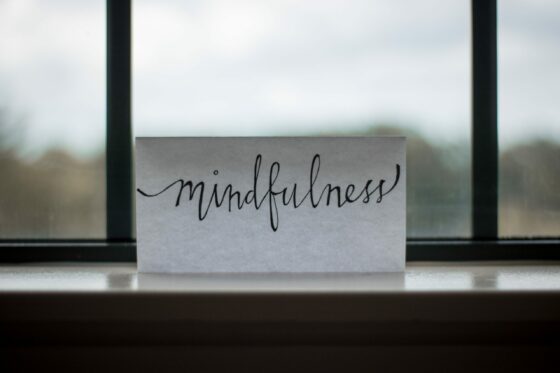
Blog
Nurturing a Child’s Mental Health through Simple Mindfulness Techniques
When we think about healing, many of us focus only on our physical bodies. In reality, there is a great deal of research showing our

When we think about healing, many of us focus only on our physical bodies. In reality, there is a great deal of research showing our




Join our community to get the latest tips, exclusive offers, and updates straight to your inbox. Don’t miss out—subscribe now and be the first to know!